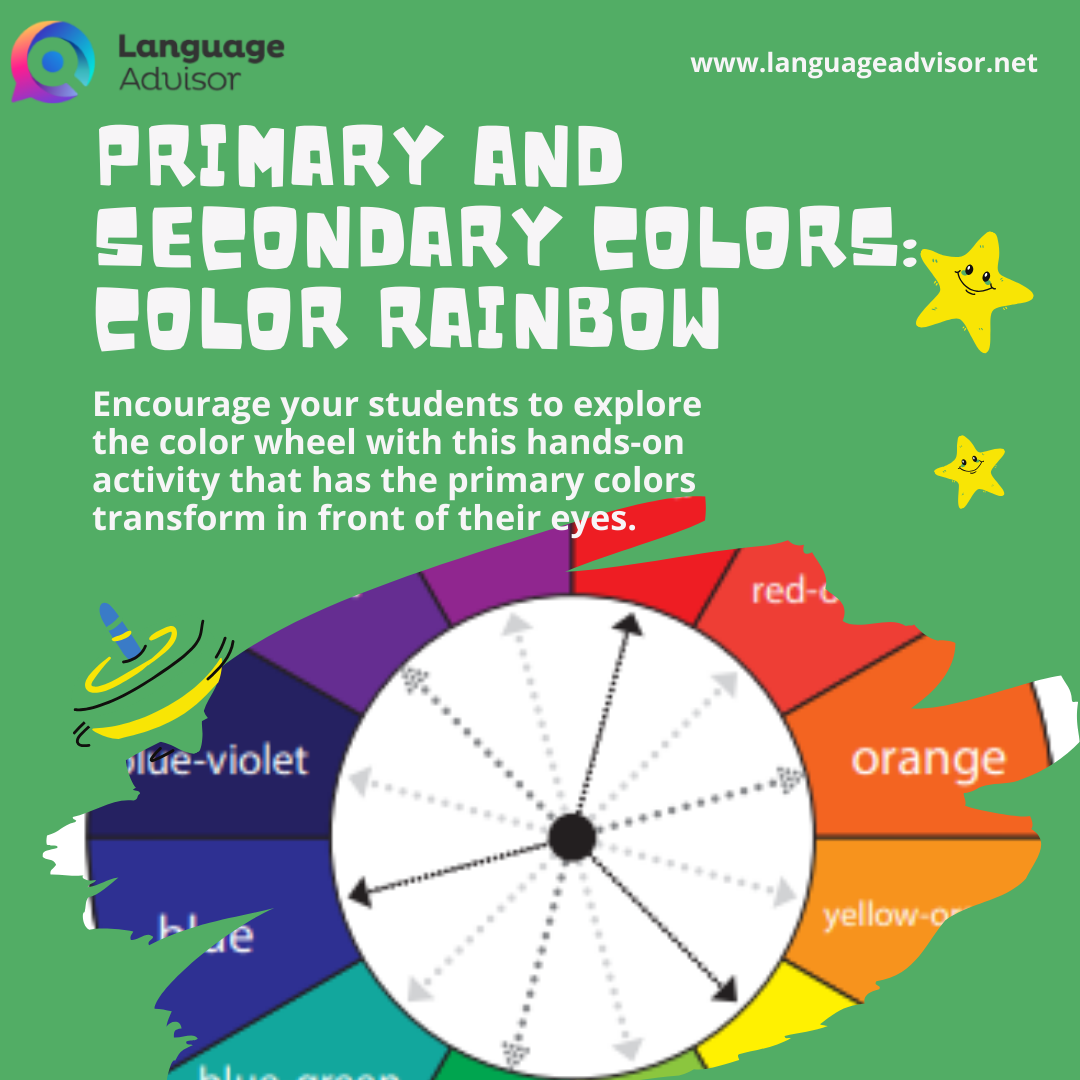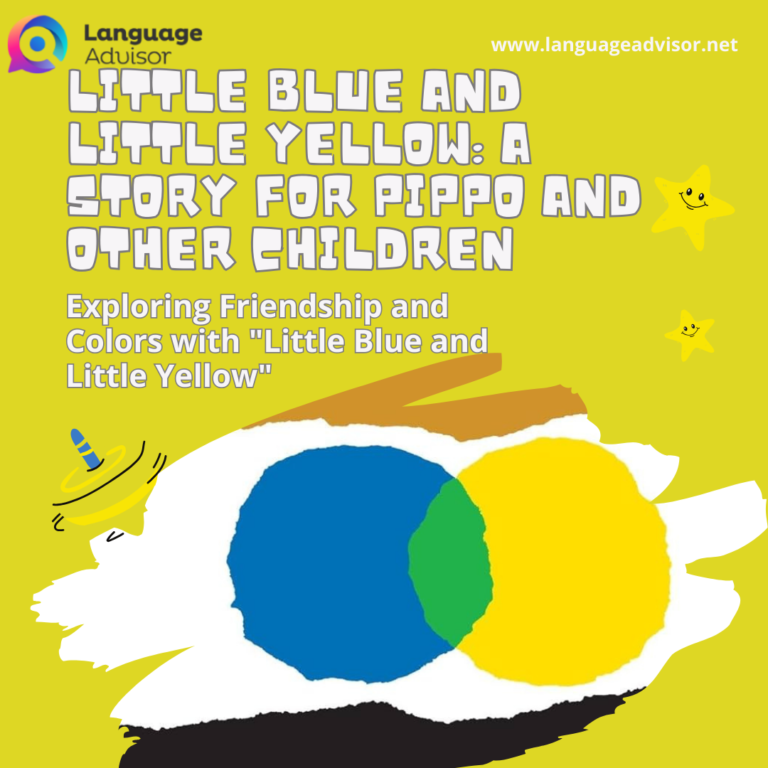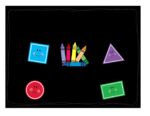Primary and Secondary Colors: Color Rainbow. Encourage your students to explore the color wheel with this hands-on activity that has the primary colors transform in front of their eyes.
Primary and Secondary Colors: Color Rainbow

Primary and Secondary Colors: Color Rainbow
Learning Objectives
Students will be able to see how colors transform when different combinations are mixed together. They will also learn about making colors lighter by adding white.
Materials and Preparation
- A book about the color wheel
- White construction paper
- Paint brushes
- Small paint containers
- Tempera paints in red, blue, yellow, and white
- Small plastic resealable bags
- Color wheel
Preparation
Set up work stations for students. Have containers of each paint color, paint brushes, paper, paper towels, and a color wheel at every station.
Key Terms
primary colors
secondary colors
Introduction (5 minutes)
Call your students into a group and tell them that they are going to learn about making different colors.
Inform your students that when two or more colors are mixed, they make a different color.
Tell them that they will see how red, yellow, and blue mix to make a new color.
Explicit Instruction/Teacher Modeling (10 minutes)
- Read your chosen book about the color wheel.
- Bring out the materials you will be using to show the class how colors change when they are mixed together.
- Take some red paint and brush it onto a piece of paper, then add some yellow paint and show your students how together the paint turned orange.
- Show students how to clean the brushes either using water or by wiping them on a paper towel.
- Do the same for other color combinations. Add white to show them how colors become lighter with the addition.
- You could also add any two of the basic colors into a resealable plastic bag, seal it tight, and mix the colors inside the bag.
- Let your students know that red, blue, and yellow are known as primary colors, or colors that can’t be created by mixing any two colors together. Also tell them that secondary colors are colors that are created by mixing primary colors together.
Guided Practice/Interactive Modeling (10 minutes)
- Call your students one at a time up to the front of the class and have them try color mixing at the easel or on art paper.
- Provide 2 paint brushes or one plastic bag per student.
- Ask students what colors they are mixing and what color it will create.
- Check to see if your students can guess the new color.
- Quickly review the activity before you send the students to work independently.
Independent Working Time (10 minutes)
- Split students into small groups and send them to work stations.
- Encourage students to try different color combinations to see what colors they can make.
- Provide assistance to the students who are having difficulty doing the activity. If you are using the plastic bags help them in sealing the bags.
- You can remind students to refer to the color wheel while doing the activity.
Differentiation
- Enrichment: Have advanced students begin to mix the secondary colors to make even more colors.
- Support: Make it your goal to have struggling students learn the primary colors and begin to learn the secondary colors.
Related Books and/or Media
BOOK: Little Blue and Little Yellow by Leo Lionni
BOOK: White Rabbit’s Color Book by Alan Baker
Assessment (5 minutes)
- Observe whether or not students are using the color wheel. Watch closely as they work independently.
- Ask questions to each student as they do the activity.
- Check to see if they can correctly guess the color after they do the activity a few times.
Review and Closing (5 minutes)
- Bring the students back into a group.
- Review the activity by going over the color wheel.
- Encourage students to explain the concept in their own words.
- Ask the class questions about color combinations and let them respond as a group.
Attachments PDF Color Wheel
DOWNLOAD THE PDF FOR FREE

The varied activities ensure that students remain motivated and excited about their English learning experience.

Also check out these lesson plans












